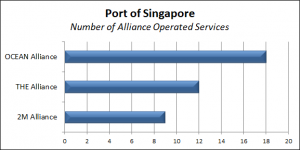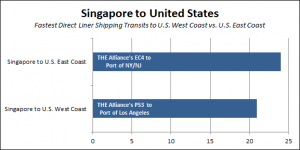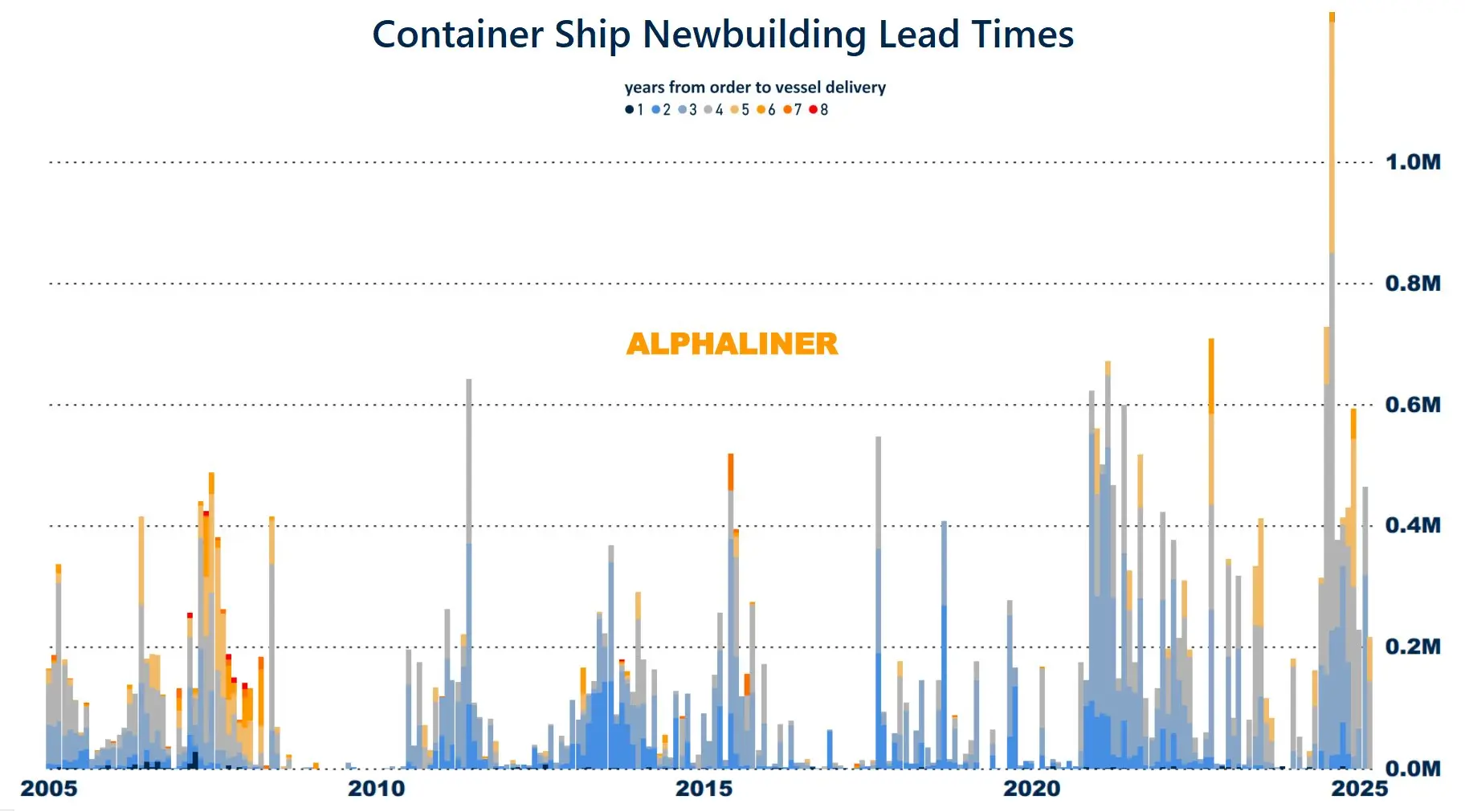

The port managed to handle 36.9 million TEUs in 2020, down only 0.9% from the 37.2 million TEUs it handled in 2019, the Maritime and Port Authority of Singapore (MPA Singapore) revealed this week.
Although the port’s overall cargo throughput in terms of tonnage dropped 5.8% year-over-year to 590.3 million metric tons in 2020, this was mainly due to the decline in oil cargo volumes handled, according to Chee Hong Tat, Senior Minister of State, Ministry of Transport and Ministry of Foreign Affairs, Singapore.
MPA Singapore also noted how bunker sales at the port amounted to 49.8 million metric tons in 2020, up 5.0% from 2019.
Looking at the role the Port of Singapore plays across the liner shipping industry, the port is called by 125 liner shipping services that sail beyond Asia, in addition to dozens that strictly call Asian ports, according to data from BlueWater Reporting’s Port Dashboard tool.
The port is a common call for container alliance services, particularly the OCEAN Alliance. The chart below, built using BlueWater Reporting’s Port Dashboard tool, shows the port is called by 18 services operated by the OCEAN Alliance.

Looking at liner shipping transits between Singapore and the United States in particular, THE Alliance provides the quickest options from Singapore to the U.S. West Coast and the U.S. East Coast.
The fastest direct liner shipping transits from Singapore to the U.S. West Coast take 21 days on THE Alliance’s PS3, while the fastest transits from Singapore to the U.S. East Coast take 24 days on THE Alliance’s EC4, as illustrated in the chart below, which was built using BlueWater Reporting’s Country to Country Transit Analysis by Service tool.

Source: Hailey Desormeaux, Bluewater Reporting
[tfws username=”BWReporting” height=”700″ width=”350″ theme=”light” color=”#FAB81E” tweets=”2″ header=”yes” footer=”yes” borders=”yes” scrollbar=”yes” background=”yes”]













